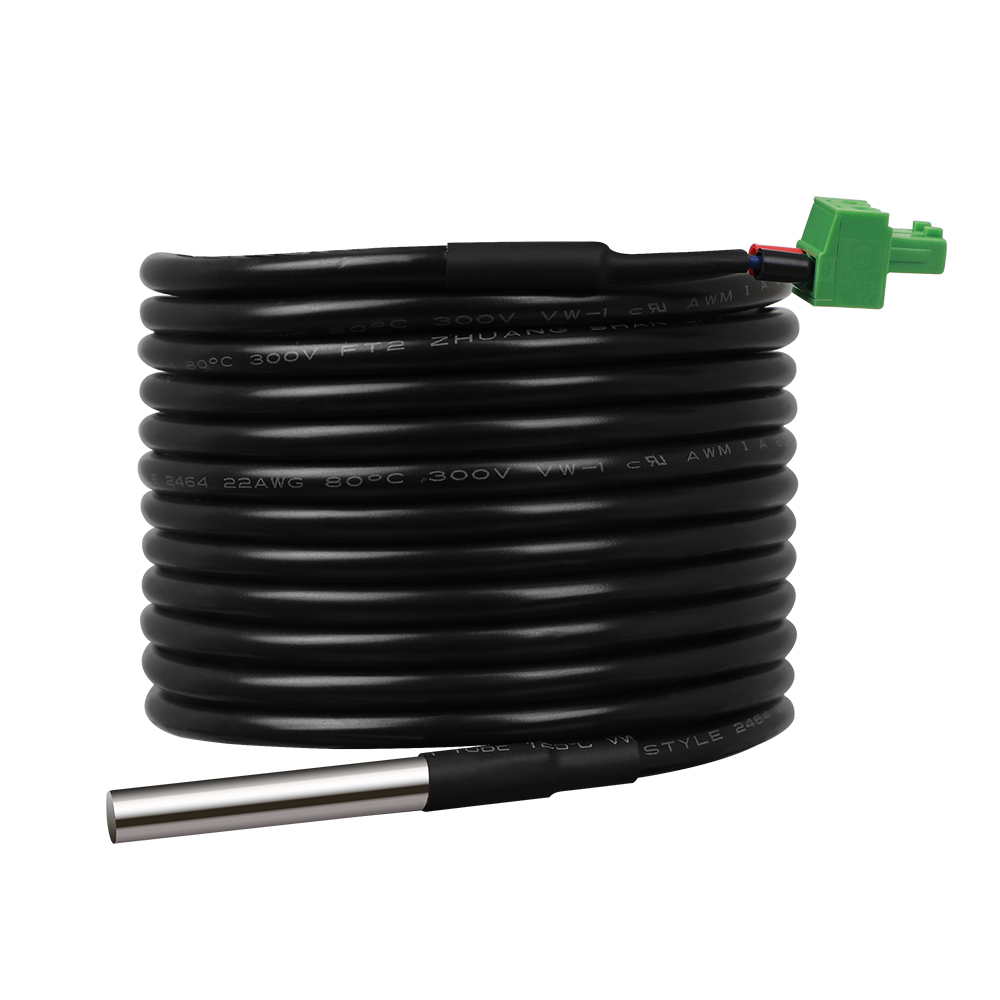Charging Options For Different Battery Types

Updated:
Always be certain that you use the correct charger and charger settings for the battery you are charging, as incorrect settings can lead to premature death or permanent damage, not to mention the potential for fire or explosion. If you don't have the right charger, do not assume the one you have will be fine. Check.
Charging a battery might seem straight-forward, but doing it right requires a bit of research. That's because doing it wrong can not only cost you money, it can also be dangerous. So in this guide, I cover the most important considerations for charging various common battery types.
Lead Acid
Unless you have a "start-stop" vehicle (the type where the engine is constantly dying and restarting automatically), you most likely have a Flooded Cell Lead Acid (FCLA) battery. If you're not sure, you can just pop the hood and see for yourself. A FCLA battery is the only type that has 6 screw caps on the top, so it's pretty easy to tell.
Not only are these batteries the cheapest type, so are their chargers. You can pick one up in any tool mart for about €20-40. To charge, just attach to battery, plug into mains and switch on. The cheapest type will have an analog voltage meter that looks like the one on your dad's hi-fi, or a simple digital readout that looks like the calculator you used to use at school (because that was before internet).
When the meter says the battery's full, or it's not going up anymore, turn it off and let it sit for a few hours before using it. Manual charging should be done if you have let the battery sit for along period without use and especially if it's been cold for a while.

Your dad's hi-fi.

You know you were that kid.
Gel & AGM
Charging requires a SMART charger. That's more expensive, of course, but for good reason. A SMART decent charger first checks the voltage and resistance of a battery, in order to determine its current state of charge and sulfation, and then begins charging at the correct stage in the process, running through a series of different charging profiles that change as the battery charge increases. For example, charging a deeply discharged battery requires a different power and charging pattern than topping up an almost-full one.
SMART chargers switch to maintenance mode when the battery is full, which keeps the battery topped up without over-charging it. This is handy, as you can leave it charging without having to check on it, and just turn it off when you notice it's done. Charging from your solar system will be the same as long as your charge controller supports your battery type and is configured correctly for it. Obviously, you will have sorted that out before you started using the system.
LiFePO4
The lithium cells should also be charged with a dedicated charger, although it is technically possible to use a standard FCLA charger, if you are very careful (but don't). Unlike other battery types, LiFePO4 batteries should not go through the desulfation process. An appropriate charger will not have this feature enabled when charging LiFePO4. If your charger requires you to set this manually, do not forget about it.
Be careful that you are not attempting to charge a LiFePO4 battery with a device designed for other types of lithium cells, as the LiFePO4 charging voltage required is lower than some other lithium types.
General Note
As with all batteries, even the little ones that power your laptop and cell phone, charging at the right time, with the right charger, will increase battery life per charge and the overall life of the battery (between purchase and disposal - by which, I mean recycling). One of the factors people sometimes overlook when charging and using batteries is the temperature. A decent SMART charger or solar charge controller will have a temperature sensor input that tells the charger how hot or cold the surroundings are.
The charger will make small adjustments to the charging profile according to that reading, so it's important to place the sensor on top of or in the immediate vicinity of the battery, in order to give the most accurate reading. If you live in a cold climate, you may want to invest in a battery warmer, which can be a thermal layer to keep the frost out or an electrically heated jacket or pad that keeps the temperature around your battery above freezing.

A temperature sensor for battery charger.

An example of a battery warmer.
If you use a solar maintainer, make sure it's rated for your battery type and don't waste money on the cheapest model to take care of your expensive battery. Make sure to consult the manual for the maintainer and the battery to find out if they are a good match, or contact the battery manufacturer to see if they would recommend the maintainer you are interested in. Contacting the manufacturer of the maintainer might not be a great idea, as they will probably make lots of claims about the abilities of their products, while battery manufacturers are usually more interested in providing good service to keep their customers over the long haul.




 Power & Water
Power & Water Read around 3,000 times
Read around 3,000 times For Everyone
For Everyone